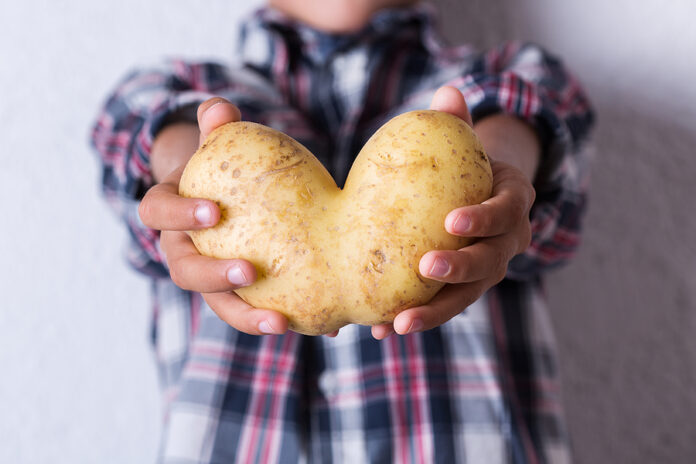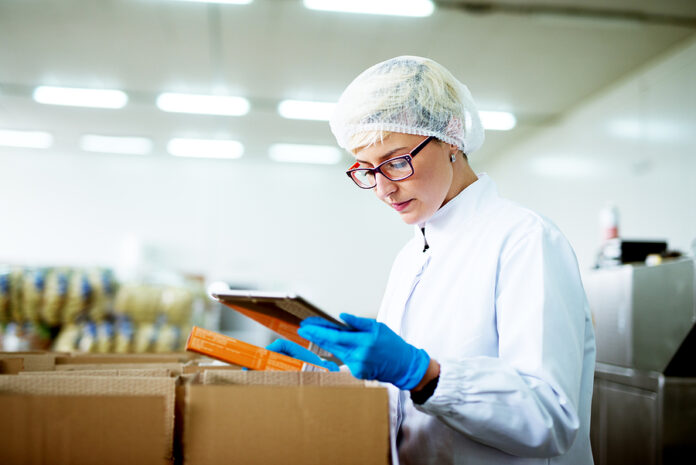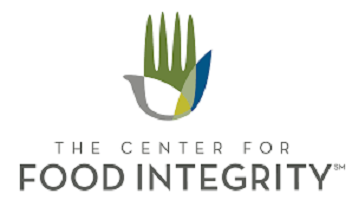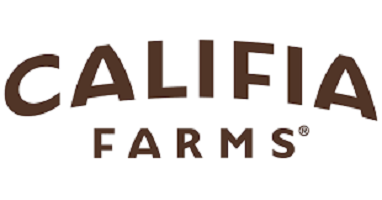
By Dr. Rod Coogan, agri-food expert at PA Consulting
Organizations have never been more aware of the need to address their environmental impact, and this is particularly true for the food and drinks industry. Food waste costs the global economy $936 billion every year, and that doesn’t account for the wider human and environmental impact of food-related waste. Addressing the food waste dilemma will save both costs and carbon – up to 10% of global greenhouse gas emissions are associated with food waste, making it a key carbon contributor.
The UN’s 12th sustainable development goal (SDG) aims to halve global food waste and reduce food losses in production and supply chains, moving towards a circular economy where the potential of all materials is fully realized. Redesigning products, materials, and services from the start can create circular systems that not only improve waste management but derive additional value from waste – also known as waste valorization. Our latest research into effective waste valorization approaches uncovers three strategies for success: reduce, recycle, and repurpose.
Reduce: increase profitability at pace
Cutting your organization’s carbon footprint is about making step changes. Start with the achievable, and then explore the possible. Perhaps the easiest way to limit the negative impact of waste – whether that be food, packaging, water, or energy – is to minimize it in the first place. Technology can help to optimize procurement, preventing over-ordering to minimize waste, or helping to make process improvements. Digital twins, for example, digitally replicate real-world supply chains, processes, and operational models to show the probable effects of change without churning through food ingredients and products needlessly.
Reduction can include redirection. Take “wonky” vegetables. As shown by the success of Whole Foods stores and farmers’ markets, consumers are hungry for ugly veggies that are “naturally imperfect.” Organic produce is blemished, twisted, and different – and yet, more and more people choose it because they see it as healthier and less “processed” and will pay a premium as well. Reducing the journey from soil to shelf serves a business benefit too, as using fewer processes and no chemicals or pesticides delivers a significant cost saving and reduced carbon footprint in production.
Slimming the weight and size of packaging, such as reducing headspace in packs, also reduces waste, lowering emissions from shipping and the amount of packaging that enters the waste stream. For example, we took an everyday item – the teabag – and applied our materials science expertise to create the home-compostable “Tea Sheet,” an alternative to plastic-based bags that can handle the heat in hot water.
Recycle: smarter actions deliver higher value
Sometimes, waste is inevitable. But could it be reclaimed and recycled as an input for adjacent products or processes? Could it replace a material that would otherwise create waste, or be used as biomass or fertilizer? Recycling waste in this way is aligned with the principles of regenerative farming, which aims to introduce circular practices into agriculture.
Excess energy created during production can also be harvested for reuse. Process reconfiguration can shift systems away from gas, which is inefficient and polluting. Greener energy solutions use precision application to target energy use, and then harvest excess energy for other processes. For example, steam chambers heat products in a jacket, capturing excess energy within the steam and moving it to another process. Energy sinks store excess heat in water, also enabling easy harvesting.
Reintroducing waste products requires extensive technical evaluation and business feasibility assessments. The key is in understanding the opportunities and making necessary shifts to processes and technologies to achieve them.
Repurpose: revolutionize resource potential through imagination
Repurposing waste creates entirely new products, and therefore entirely new value. This is where things get interesting – and difficult. It requires a deep level of technical and operational reconfiguration, followed by the reorganization of value chains and activation of ecosystem partners.
Unwanted materials, whether raw or refined, can become inputs for new use cases in completely different industries. Saathi, for instance, repurposes banana stem fibers into sanitary products.
Waste valorization is key to circularity, turning outputs into inputs to deliver diverse value. Effective valorization relies on a complete understanding of the opportunity and the resources, partnerships, and technology needed to make it a reality. The most successful organizations are circular by design, reconfiguring processes, and end-to-end supply chains. Challenging the definition of “waste” through reducing, recycling, and repurposing is not only better for business – it’s better for the planet.
 Dr. Rod Coogan is an agri-food expert at PA Consulting. He is a Horticultural and Food Scientist with over 30 years’ experience in product and process innovation and development with broad skills and experience throughout agri-food supply chains, from farm to plate.
Dr. Rod Coogan is an agri-food expert at PA Consulting. He is a Horticultural and Food Scientist with over 30 years’ experience in product and process innovation and development with broad skills and experience throughout agri-food supply chains, from farm to plate.

Credit: Source link













